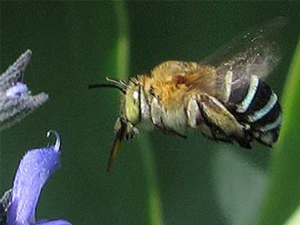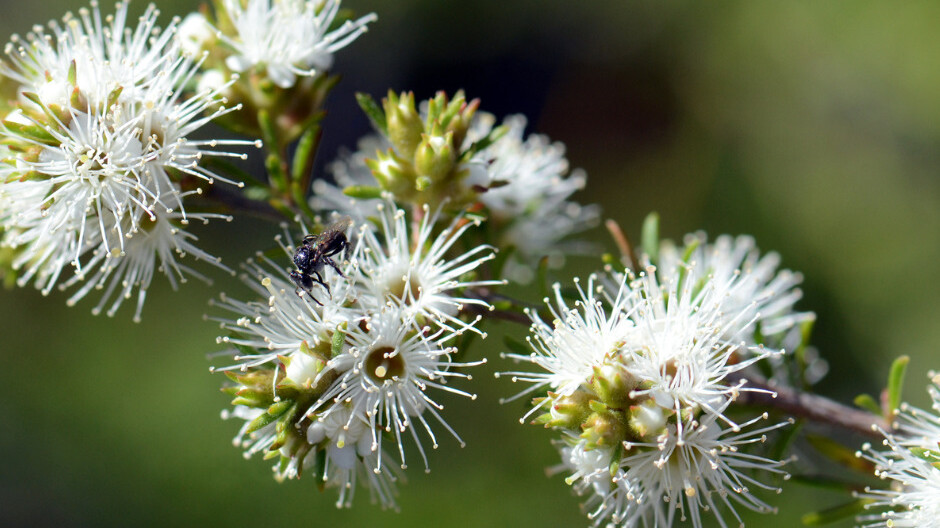
EUROBEEAN and SKIPBEES… who’s who in the hive?
Without honey bees, many of our crops don’t produce, or they produce very poorly. Honey bees pollinate fruits, nuts, grains, and vegetables.
Care for your garden as if it’s a honeybee playground. Read on to find out more about both European and Native Honey Bees.
- Don’t use chemicals in the garden. Some chemicals might hurt honey bees. Go organic.
- If you must treat against insects, do so in the evening after bees have gone home.
- Bio-diversity, grow a range of plants that flower in each season so there is always bee food available.
- Let herbs (and other plants) flower as late into autumn as they want. If they’re flowering, don’t pull them until after frost has knocked them down.
- Provide sheltered spaces in your garden where bees can get out of wind and rain.
- BECOME A BEE KEEPER! It stands to reason: if more people raise bees, there are more hives, there are more bees.
European Honey Bees
Honey bees play an essential role in agriculture, not only producing honey and beeswax but also pollinating a vast number of food crops. In Australia, 35 industries are dependent on honeybee pollination for most of their production. Crops vary in how much they rely on or respond to pollination by bees. Some industries, such as almonds, apples, pears and cherries, depend almost totally on bees for fruit and nut production. The potentially devastating impact of exotic pests such as Varroa mite (Varroa jacobsoni), which has recently been detected in Queensland, pose a significant threat to honeybees and pollination services.
The highly destructive Varroa mite weakens bees and makes them susceptible to infections. It has been present in three of our nearest neighbours, Papua New Guinea, Indonesia and New Zealand for quite some time and the recent detection in Australia is very concerning. For recent info on the Varroa mite follow this link www.business.qld.gov.au/industries/farms-fishing-forestry/agriculture/land-management/health-pests-weeds-diseases/pests/invasive-animals/prohibited/varroa-mite

Native Bees
Australia has over 1500 species of native bees Australian native bees are important pollinators of our magnificent wildflowers. The Blue Banded bees and the stingless bees already show great potential as specialist pollinators. The Blue Banded bee (Amegilla) is capable of a special type of pollination behaviour called ‘buzz pollination’. Some key Australian crops require buzz pollination for proper development of their fruit. These include tomatoes, kiwi fruit, eggplants, blueberries, cranberries and chilli peppers. Our native Social Stingless bees (Trigona) are already being successfully used for pollination of crops such as macadamias, mangoes, watermelons and lychees in Queensland.
Want to know more?
Check out these great websites:
www.honeybee.com.au
http://www.honeybee.org.au
http://www.aussiebee.com.au
Image Acknowledgements
Pic 1 – Social Stingless Bee from http://www.aussiebee.com.au
Pic 2 – European Honey Bee pic by Elaine Shallue (SGA)
Pic 3 – Blue Banded Bee from http://www.aussiebee.com.au
Related Articles:
Wildflower gardens – What’s the buzz about?
In the quest for sustainable and environmentally conscious practices, gardening enthusiasts and nature lovers alike are turning to a time-tested…
The Importance of building soil health for a biodeverse, productive garden
Creating a thriving garden that not only sustains itself but also contributes to the broader ecosystem requires more than just sunlight and water.…




